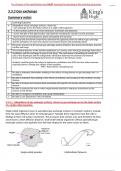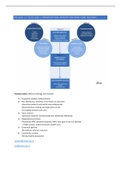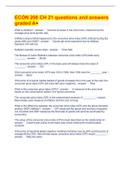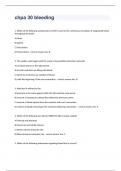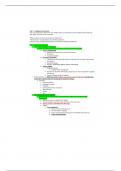Summary
Summary Notes on Gas Exchange - AQA A Level Biology
- Institution
- AQA
Summary notes on Gas Exchange - AQA A Level Biology A* and A quality Tailored to mark schemes as with all of my notes AQA mark scheme specific Used past papers mark schemes to make all of my notes
[Show more]
